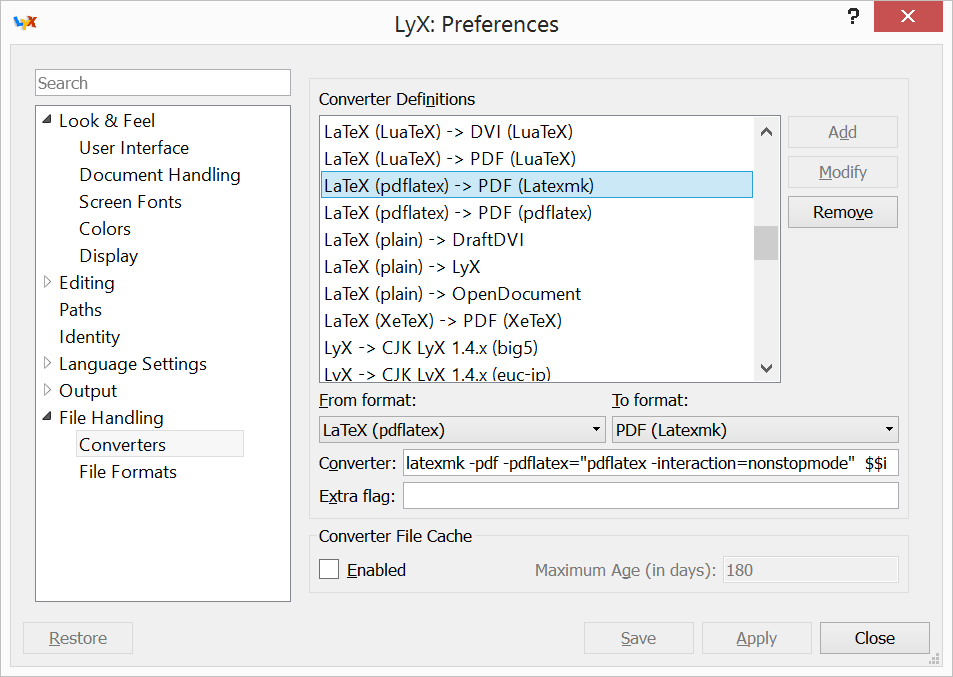The push for research transparency in social science has included advocating for pre-analysis plans (PAPs) where researchers detail what they will do before seeing the data. These plans provide many benefits, the most obvious ones are (a) it rules out specification searching so that p-values are more believable, and (b) since it registers research before the findings it helps in understanding the body of work done that is not published. PAPs are increasingly used for verifiably prospective research (e.g. RCTs, lab experiments, and using non-open data that requires application). Their use for observational studies on existing research are, however, controversial (see Dal-Re et al. 2014). The primary challenge is that outsiders can not verify that the analysis plan was actually written before the research was undertaken.
While this challenge is likely not fully solvable, it can potentially be mitigated by restructuring incentives. The research designer could be separated from the research implementer and each earn professional credit for their independent contribution. Notably, the research designer would earn credit for publishing their PAP in a well-ranked, PAP-accepting journal independent of whether the results of the implementation are significant. This does not entirely remove the element of trust, so it is likely that published PAPs will be from those that the community trusts, such as a senior researcher. It frees, however, the research implement of this burned of trust. Indeed, once the PAP is published, many people could work to implement it independently, in a fashion similar to replication. Registering intent to implement could help coordinate efforts.
Disaggregating the pieces of research could increase the efficiency of the process in a number of ways. Researchers with ideas but without implementation skills (programming skills or access to data) can publish stand-alone PAPs without the potentially costly process of matching with others with the necessary skills. Even for those that could implement the research themselves (or with close colleagues) there are likely benefits to specializing. Researchers often have ideas that they think should be pursued but which is not a priority for them. Often these ideas are captured by colleagues or advisees, but quickly writing up a PAP could be another outlet that would confer visible benefit (see related post). On the other side, implementing PAPs could be a good way to train graduate students. Many graduate students state that the hardest part of research is coming up with a good idea. These PAPs would be especially helpful in areas where there is a lot of researcher subjectivity like structural models.
In order to suitably track credit, there could be a norm to cite the PAP whenever one would cite the implementation paper.
Taking this to the extreme, the scientific process could be even more unlinked. For example, a scientist currently has an incentive to "sell" their research (or tell a convince "story") in submissions to journals, possibly at the expense of being honest about the complexity of the findings. What if the science writer was somehow separated and judged on how well they communicated existing research findings? This could be judged if research data and methods were open.
While this challenge is likely not fully solvable, it can potentially be mitigated by restructuring incentives. The research designer could be separated from the research implementer and each earn professional credit for their independent contribution. Notably, the research designer would earn credit for publishing their PAP in a well-ranked, PAP-accepting journal independent of whether the results of the implementation are significant. This does not entirely remove the element of trust, so it is likely that published PAPs will be from those that the community trusts, such as a senior researcher. It frees, however, the research implement of this burned of trust. Indeed, once the PAP is published, many people could work to implement it independently, in a fashion similar to replication. Registering intent to implement could help coordinate efforts.
Disaggregating the pieces of research could increase the efficiency of the process in a number of ways. Researchers with ideas but without implementation skills (programming skills or access to data) can publish stand-alone PAPs without the potentially costly process of matching with others with the necessary skills. Even for those that could implement the research themselves (or with close colleagues) there are likely benefits to specializing. Researchers often have ideas that they think should be pursued but which is not a priority for them. Often these ideas are captured by colleagues or advisees, but quickly writing up a PAP could be another outlet that would confer visible benefit (see related post). On the other side, implementing PAPs could be a good way to train graduate students. Many graduate students state that the hardest part of research is coming up with a good idea. These PAPs would be especially helpful in areas where there is a lot of researcher subjectivity like structural models.
In order to suitably track credit, there could be a norm to cite the PAP whenever one would cite the implementation paper.
Taking this to the extreme, the scientific process could be even more unlinked. For example, a scientist currently has an incentive to "sell" their research (or tell a convince "story") in submissions to journals, possibly at the expense of being honest about the complexity of the findings. What if the science writer was somehow separated and judged on how well they communicated existing research findings? This could be judged if research data and methods were open.


